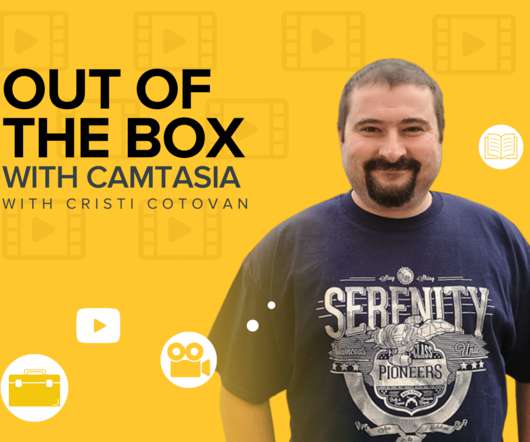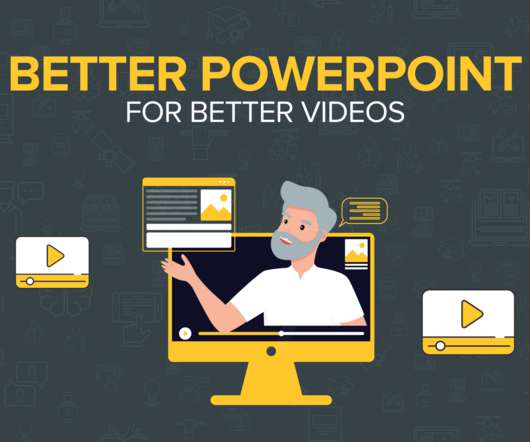Out of the Box with Camtasia
TechSmith Camtasia
APRIL 6, 2022
One of his superpowers is having a “visual brain,” and that certainly comes in handy in his line of work. It’s all about paying attention to the world around you and picking out useful designs and ideas wherever you can. Pay attention to layouts. So, pay close attention to: Your margins. Don’t shy away from constraints.

















Let's personalize your content